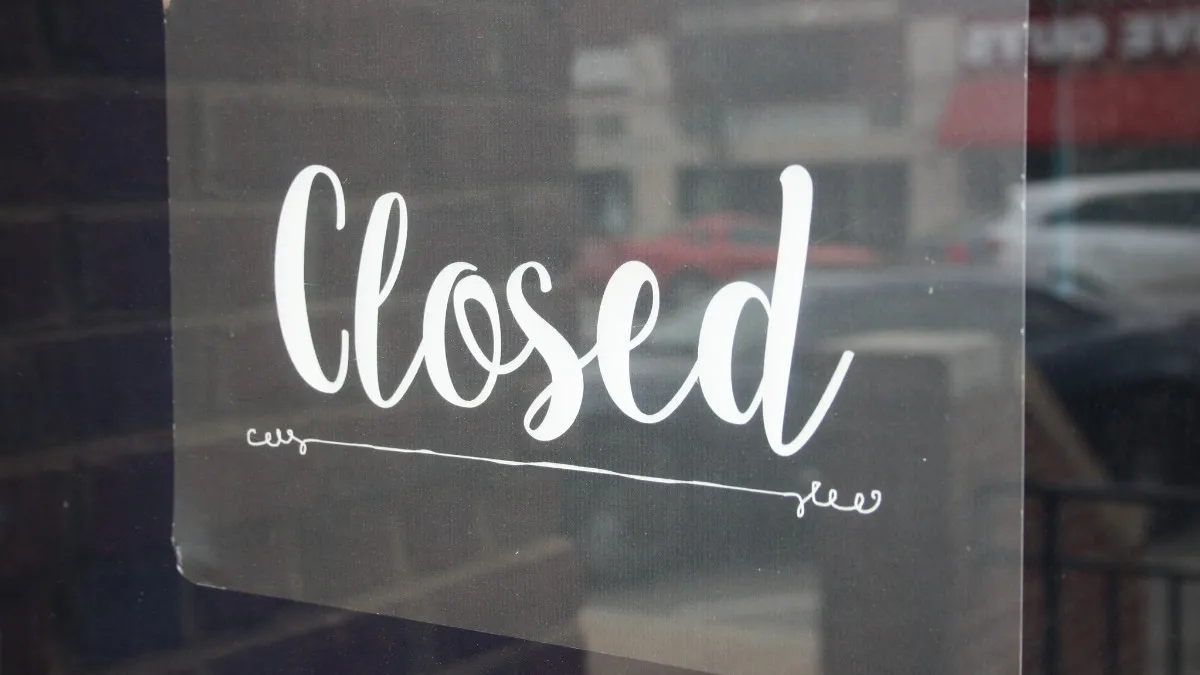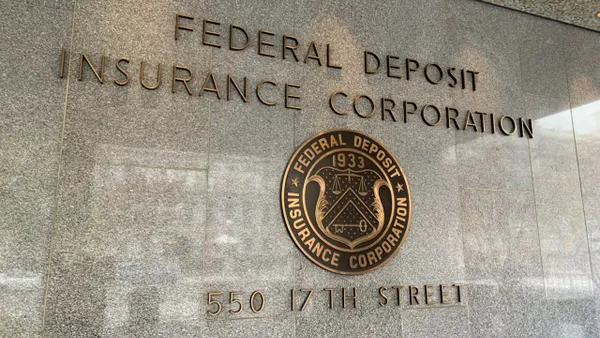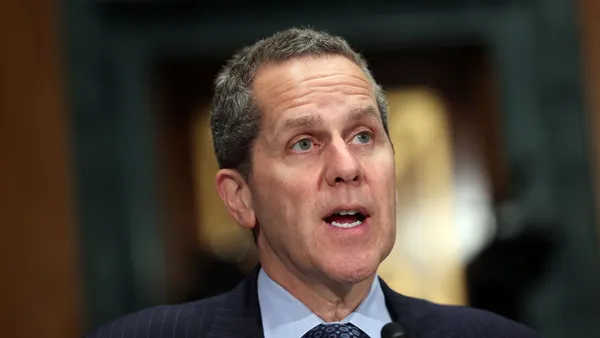UPDATE: July 7, 2020: The Small Business Administration (SBA) for the first time Monday disclosed the list of Paycheck Protection Program (PPP) funding recipients.
UPDATE: June 22, 2020: The SBA and the Treasury Department said Friday they would disclose the names, addresses, ZIP codes, demographic data and industry codes of borrowers that received Paycheck Protection Program loans of $150,000 or more, according to a thread of tweets from SBA Administrator Jovita Carranza.
The agencies won’t divulge specific loan amounts but will group loans into one of five categories: $150,000 to $350,000; $350,000 to $1 million; $1 million to $2 million; $2 million to $5 million; and $5 million to $10 million, she said.
Three-quarters of the dollars loaned through the program fall under those five categories, Carranza said. For PPP loans of less than $150,000, “totals will be released, aggregated by ZIP code, by industry, by business type, and by various demographic categories,” she tweeted.
The agencies gave no timetable for when the data will be available, but the disclosures mark a turnabout for the SBA and Treasury, which previously resisted calls for more transparency from leaders of the Senate Committee on Small Business & Entrepreneurship.
Dive Brief:
- The Small Business Administration (SBA) on Wednesday published a truncated, three-page EZ version of the Paycheck Protection Program (PPP) loan forgiveness form.
- The form can be used by self-employed applicants or companies that did not reduce employees' pay by more than 25% or cut their hours during the coronavirus pandemic. A "safe harbor" option was also added to the EZ form and its 11-page predecessor, allowing borrowers to affirm they were unable to operate "at the same level of business activity" as before the pandemic because of government requirements or safety guidelines such as social distancing.
- The original 11-page forgiveness application drew fire last week from 47 Democratic senators who, in a letter to the Trump administration, called the form "especially burdensome, time-consuming, and costly for very small and underserved businesses."
Dive Insight:
Despite assurances from the SBA that the shorter form requires "fewer calculations and less documentation from eligible borrowers," some lenders are reluctant to sign on.
JPMorgan Chase, Bank of America, Wells Fargo and PNC told the Financial Times they were not in a position to start accepting loan forgiveness applications. JPMorgan Chase and Wells Fargo said they were awaiting further clarification from the SBA. Bank of America and PNC did not elaborate on the cause of the delay.
Sonia Desai, a director at the tax accounting firm Weaver, told The New York Times she, too, hoped the SBA would clarify through additional guidance what constitutes a business being "unable to operate" at its previous level. "That’s really vague," she said.
Among the factors simplifying the form, the EZ version doesn't require a borrower to collect detailed employee information or other documents to prove a claim.
Aimee Brierly, a spokeswoman for Small Business Majority, called the shortened form "a step in the right direction," according to the Times. However, the advocacy group wrote the Treasury Department and the SBA on Thursday, asking the agencies to reveal PPP borrower information.
The National Association of Federally-Insured Credit Unions (NAFCU), in a letter Wednesday to the House Small Business Committee, said the form simplification didn't go far enough. The group asserted there should be automatic forgiveness for loans of less than $150,000.
"While credit unions are working with their members to assist them with the current loan form, the complexity of the forgiveness rules and application is posing challenges for many small businesses who may not have the staff or expertise for such a complex application, especially with the current economic challenges," wrote Brad Thaler, NAFCU's vice president of legislative affairs.
In their letter last week, the senators, too, sought "streamlined forgiveness" for low-dollar amounts.
"The government is not helping anybody by using an 11-page forgiveness application," Lauren Ranalli, president and CFO of First Resource Bank in Pennsylvania, told Banking Dive. "One of my PPP loans is for $300. ... A lot of small businesses, quite frankly, are going to have to go to outside resources like CPAs and accountants. If your loan is that small, it doesn't make any sense for you to do that."
Playing the odds on change
Change and uncertainty have been two constants since the PPP debuted in early April. The SBA and Treasury have issued 19 interim final rules adjusting the confines of the program, according to The Wall Street Journal.
Confusion as to whether they fit the qualifications of loan forgiveness has led some borrowers to forestall spending the loans they’ve received — a gamble that paid off when President Donald Trump this month signed into law a bill easing two of the program’s most disputed parameters: the proportion of a PPP loan that must be used toward payroll and time frame in which borrowers must spend it. The June law reduced the payroll percentage to 60% from 75% and tripled the spending window from eight weeks to 24.
George Evageliou, the founder of Urban Homecraft, a Brooklyn, New York-based woodworking company, held off on spending his $192,000 loan because he was unsure he'd be able to do so within the then-eight-week time frame, he told The New York Times.
The law extending the deadline to 24 weeks allowed him to restart operations when local restrictions lifted and recall his laid-off employees, who resumed working last week.
"We're feeling pretty good about our decision to sit tight and let the law change," Evageliou said.
Uncertainty, however, played against Aditi and Jaymin Patel, co-owners of a Massage Envy franchise in San Jose, California. The couple received a $125,000 PPP loan in May after their business closed in March. Thinking local restrictions would prevent the franchise from reopening before the eight-week cutoff, the Patels returned the money.
"Nobody anticipated we were going to be closed for three months," Aditi Patel told The Wall Street Journal. The Patels are considering reapplying for the loan.
But time is limited. The program is scheduled to stop lending June 30. Despite an early spurt of rampant demand, lending through PPP has slowed considerably. More than $129 billion in loans was still available June 12. The government had approved 4.6 million loans worth more than $513 billion through the program as of Tuesday, the Journal reported.











